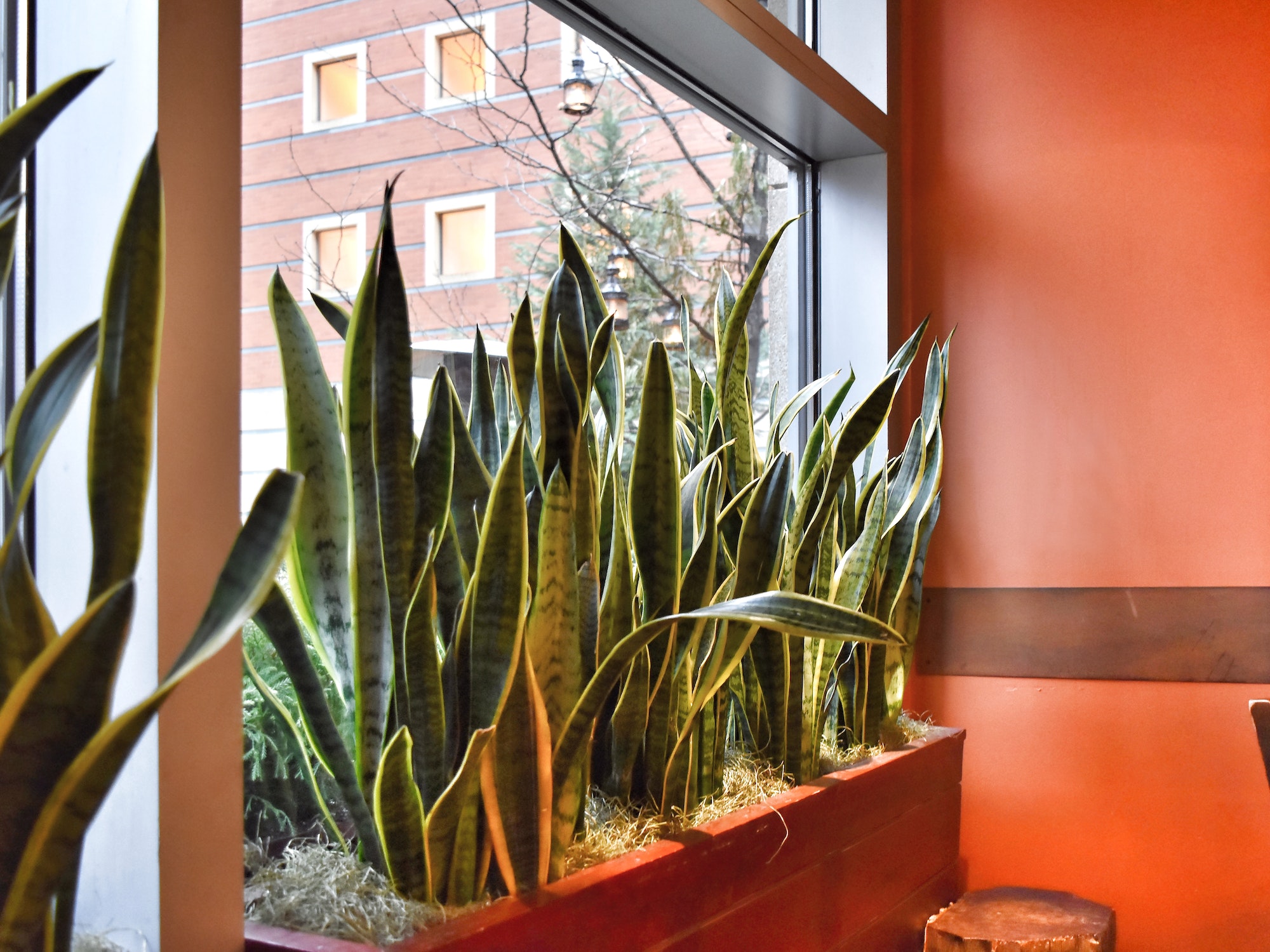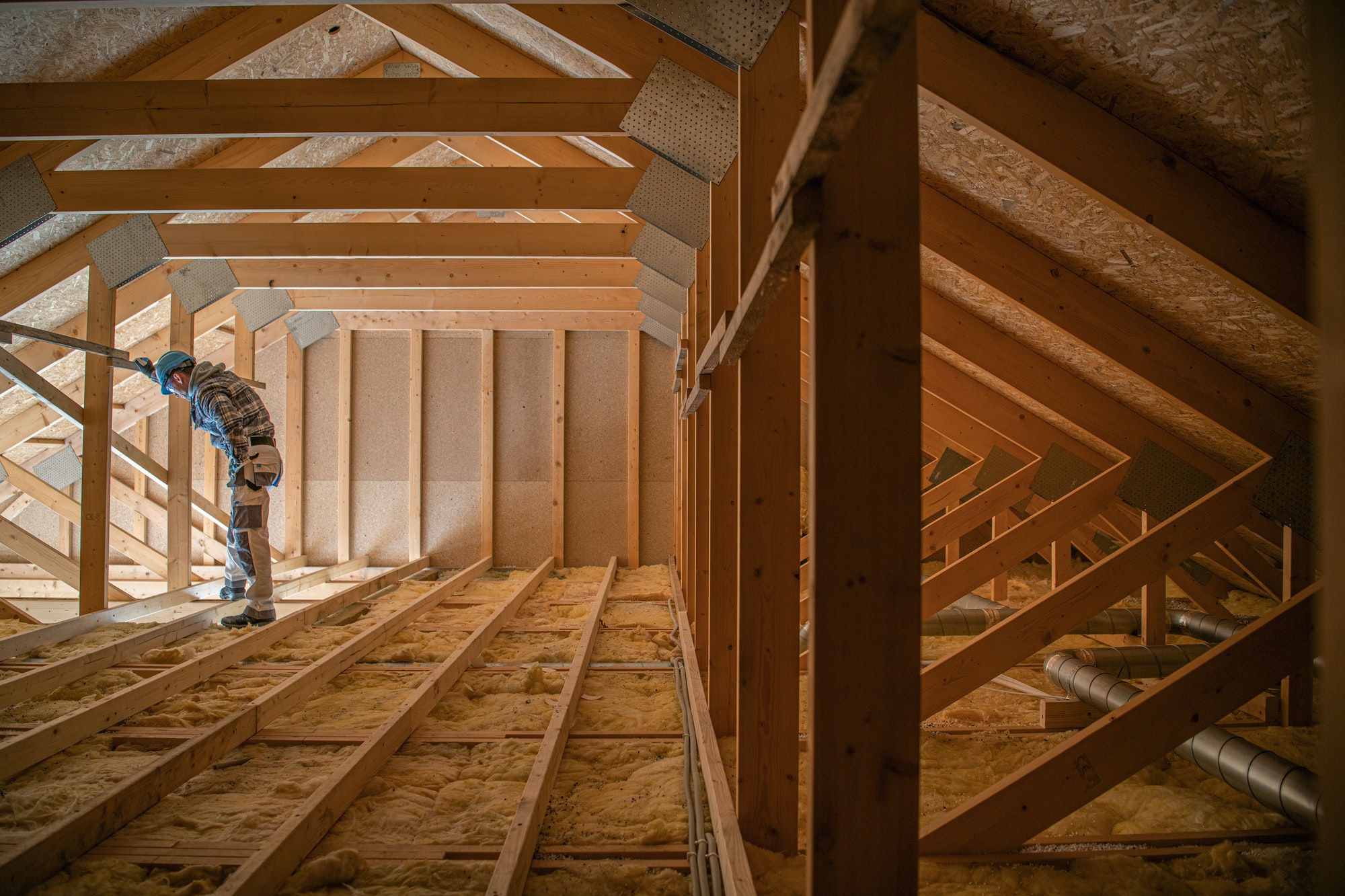The snake plant, also known by its scientific name Sansevieria trifasciata, is a popular houseplant due to its ability to thrive in low light conditions and minimal watering.
It is an evergreen perennial that grows from rhizomes and it has stiff leathery leaves with yellow margins that are arranged in a rosette pattern.
The Origins of Snake Plant
The snake plant, also known as the mother-in-law’s tongue, is native to tropical West Africa and has been around for centuries. Originally used in traditional healing practices, it was once thought to ward off evil spirits and bring good luck.
It can be found growing in humid regions such as India and Brazil.
The long, sword-shaped leaves of the snake plant have made it a popular choice for both indoor and outdoor gardens over the years. In fact, many people consider it a symbol of power and strength due to its resilient nature — they are able to survive with minimal care or water!
With their hardiness and easy maintenance requirements, it’s no wonder that snake plants remain one of the most popular houseplants today.
In addition to being a popular houseplant, snake plants can also be used in landscaping as an accent or border plant due to their ability to withstand harsh weather conditions.
They are even known for repelling mosquitoes and other pests!
Is Snake Plant Demanding?
The snake plant is a beautiful and resilient plant, making it an ideal choice for all kinds of home decor. It’s low maintenance, easy to care for, and can survive in dry conditions.
Even though there are a couple of things that we need to be cautious with, it will most definitely thrive with the minimum effort invested.
Here are a few helpful tips to keep your snake plant happy and healthy:
Watering
Water the soil lightly once or twice a week but do not overwater as this can lead to root rot. The best way to check if your snake plant needs water is to feel the top inch of soil with your finger; if it feels dry then give it some water, if it’s still moist then wait another day or two before watering again.
Temperature and Humidity
Snake plants prefer temperatures of 65-80 degrees Fahrenheit and low to medium humidity levels. If your home is too dry, you can mist the leaves occasionally or place a tray filled with water near the plant to help increase the humidity.
Fertilizing
Fertilize your snake plant every few months in spring and summer with a liquid fertilizer diluted to half-strength. Be careful not to over-fertilize as this can cause root burn and leaf scorch.
What Is the Best Place for It at Home?
The snake plant is a resilient hardy houseplant and needs very little maintenance, making it ideal for busy people. It can be easily placed anywhere in the home as long as it gets enough light.
Place it near a south or east-facing window for plenty of bright, indirect sunlight or in any other space where there’s good ambient light. Avoid direct sunlight, which may scorch its leaves and cause them to fade in color.
If you don’t have an area with good natural lighting then artificial lighting may also be used, however, remember that the intensity of artificial lighting decreases over time so increase the amount of light gradually to avoid shock to your plant.
This plant thrives best when exposed to the medium to bright indirect light. It’s also important to remember that the snake plant is quite happy in lower light conditions – just don’t expect it to grow as quickly.
Lastly, keep your snake plant away from air conditioning and heating vents as this can cause it stress. With proper care, you can enjoy your snake plant for years to come!
What Are The Benefits Of Having It At Home?
Having a Snake Plant at home can provide many benefits. Not only is it an aesthetically pleasing addition to your home, but it also helps improve the air quality of your environment.
The Snake Plant is known for its ability to absorb airborne toxins such as formaldehyde, benzene and trichloroethylene from the air and convert them into oxygen. This means that it can help reduce the effects of allergies, asthma attacks, colds, and other respiratory issues.
The leaves contain compounds that may also boost immunity and fight infections. In fact, traditional African medicine uses extracts from snake plants to treat a variety of conditions such as headaches, fever, and snake bites.
Some studies have suggested that the presence of a snake plant in a room can increase oxygen levels during the night and improve overall sleep quality.
Furthermore, it has been known to reduce stress levels due to its calming presence in a room. The striking foliage can draw one’s attention away from their troubles and allow for clear thinking.
It also has psychological benefits too; its cheerful green tone can bring about feelings of rejuvenation and refreshment after a long day at work or school.
Finally, Snake Plants are known to be incredibly resilient, so even if it’s neglected for a while, it will still look nice when you come back to it.
Are There any Disadvantages?
Although snake plants are generally regarded as low-maintenance houseplants, there are a few potential drawbacks. Snake plants tend to be quite large and can take up a lot of space, making them difficult to maintain in small homes or apartments.
The stiff leaves of snake plants may irritate those with sensitive skin or respiratory issues if touched directly.
An overabundance of water or too little light can cause root rot or yellowing leaves in a snake plant, so they must be maintained carefully.
The key to keeping your snake plant healthy is providing proper care and attention – make sure it’s getting enough light and water but not too much!
With some basic care, you’ll enjoy having this unique houseplant for years to come.
Conclusion
The snake plant is an amazing and versatile houseplant. It is easy to care for, requires minimal water and light, and can help improve air quality in your home.
With its striking foliage and a wide variety of sizes and shapes, it’s no wonder why this is one of the most popular plants for home decorating.
Whether you’re looking for a simple addition to freshen up your space or a statement piece that will be sure to impress your guests, look no further than the snake plant!
Discover more from Futurist Architecture
Subscribe to get the latest posts sent to your email.


![modern apartment [article_title]](https://www.futuristarchitecture.com/wp-content/uploads/2025/04/6-Bold-Hacks-to-Gallery-Your-Custom-Artwork-900x600.jpg)
